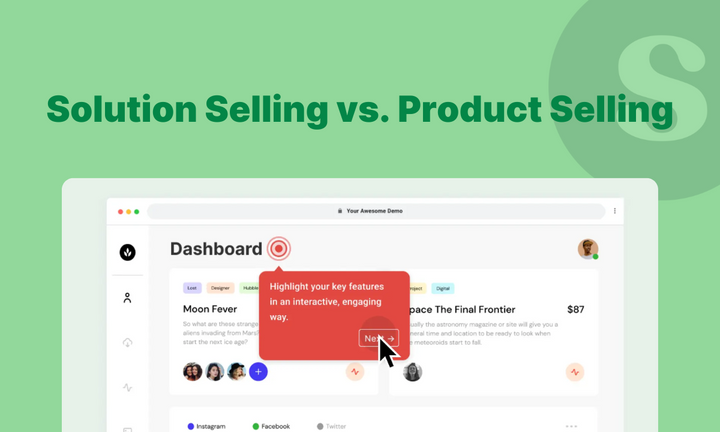Product marketing is an indispensable aspect of any business strategy, serving as a bridge between product development and customer satisfaction. It encompasses a multifaceted approach aimed at effectively positioning, promoting, and driving the adoption of a product or service in the market. In this comprehensive blog post, we'll delve into the intricate layers of product marketing, elucidating its significance, core components, strategies, and best practices.
Defining Product Marketing
At its core, product marketing revolves around understanding the market, comprehending customer needs, and tailoring product offerings to meet those demands effectively. It isn't solely about advertising; rather, it entails a strategic blend of market research, customer insights, competitive analysis, and communication strategies. It aims to connect the value of a product or service with the right audience at the right time.
Core Components of Product Marketing
- Market Research and Analysis: Conducting thorough market research is fundamental to comprehend customer preferences, market trends, and competitor landscape. It involves gathering data through surveys, interviews, and analytics tools to derive actionable insights.
- Product Positioning and Differentiation: Defining a clear and unique value proposition is vital. Product marketers articulate how their offering stands out from competitors, highlighting its benefits and solving specific pain points for the target audience.
- Customer Segmentation:Identifying and segmenting the customer base based on demographics, behavior, or psychographics enables tailored marketing strategies that resonate with each segment's needs and preferences.
- Go-to-Market (GTM) Strategy:Crafting a robust GTM strategy involves outlining how the product will be launched, promoted, and distributed. It includes pricing strategies, channel selection, and promotional tactics aligned with the target audience.
- Messaging and Communication:Developing compelling messaging that communicates the product's value proposition effectively across various channels like websites, social media, emails, and sales collateral is crucial.
- Sales Enablement:Equipping the sales team with the necessary resources, training, and tools to effectively sell the product, including FAQs, demos, case studies, and competitive analysis.
Strategies and Best Practices
- Customer-Centric Approach: Prioritize understanding and addressing customer needs and pain points. Tailor product messaging and features accordingly to resonate with the target audience.
- Data-Driven Decision Making: Leverage data analytics to refine marketing strategies. Track key metrics, gather customer feedback, and iterate based on insights to enhance the product-market fit continually.
- Cross-Functional Collaboration: Foster collaboration between product, marketing, sales, and customer success teams. Alignment ensures a cohesive approach, maintaining consistency in messaging and customer experience.
- Iterative Improvement: Embrace an iterative approach to adapt to market changes and customer feedback. Continuously refine strategies and tactics to optimize results.
- Educational Content and Thought Leadership: Develop content that educates and engages customers. Establish thought leadership by providing valuable insights, guides, and resources related to the industry or product domain.
Conclusion
In essence, product marketing isn't a one-size-fits-all process but rather a dynamic and continuous journey that evolves alongside market shifts and consumer behaviors. By integrating market insights, strategic planning, effective communication, and continuous optimization, businesses can position their products effectively and drive successful market penetration.
Product marketing plays a pivotal role in the success of a product or service by aligning its value proposition with customer needs and preferences, ultimately fostering customer satisfaction and loyalty.








